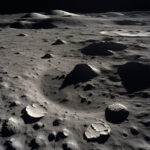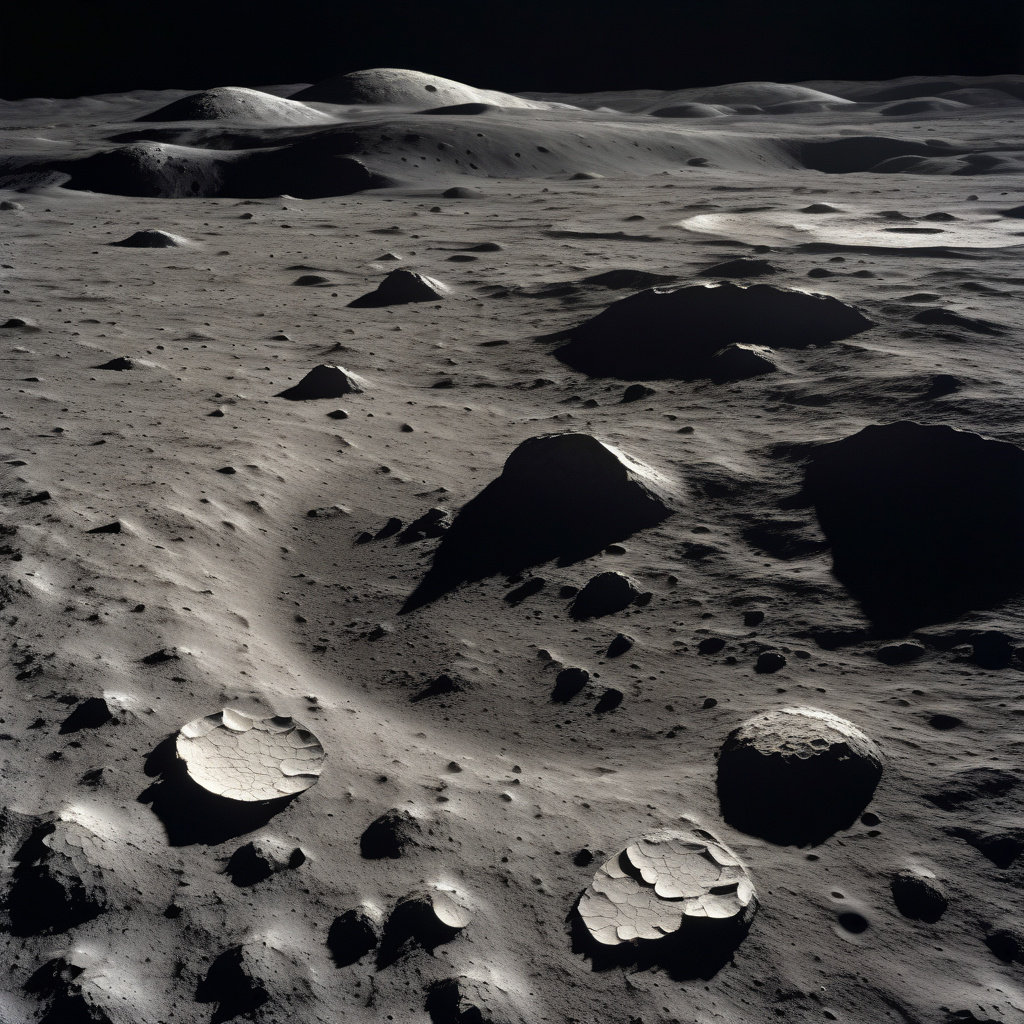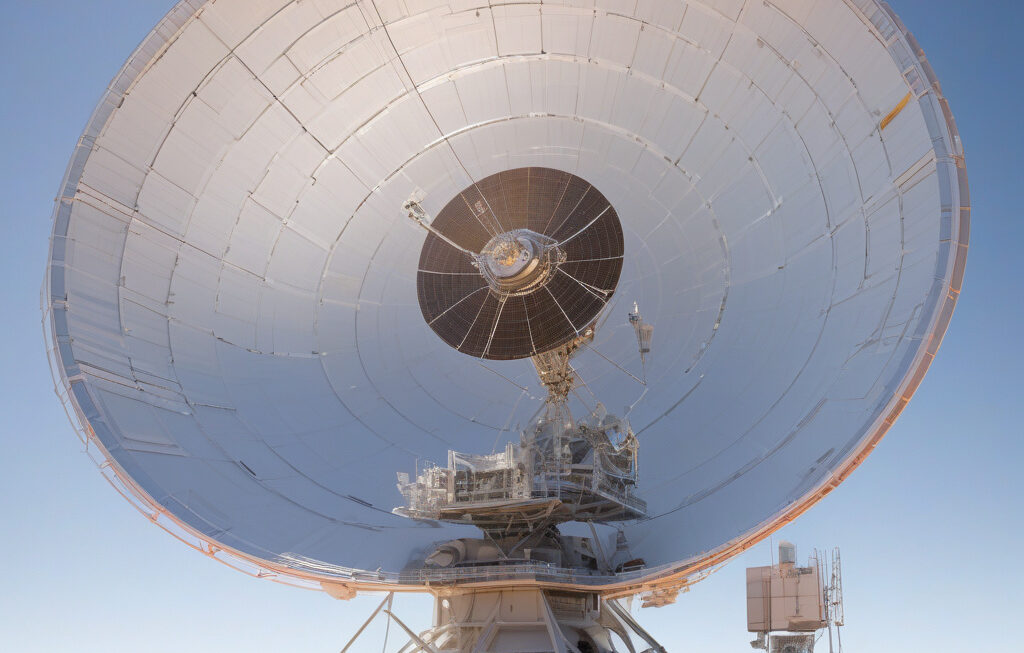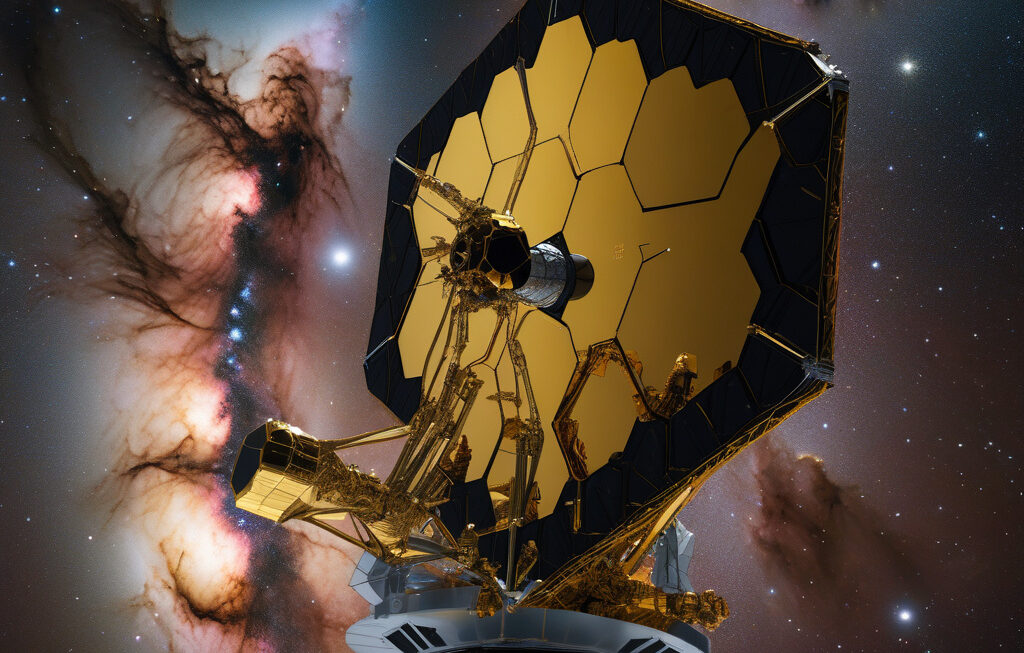Sulfuric surprise: Scientists uncover clues of ancient moon formation in Apollo 17 samples
A team of scientists from Brown University has uncovered new sulfur isotopes unlike any found before in samples brought back from the Apollo 17 mission. This discovery could shed light on the mysteries surrounding the formation of the moon billions of years ago.
The Apollo missions, particularly Apollo 17, have provided researchers with invaluable samples that offer a glimpse into the moon’s geological history. By analyzing these samples, scientists can piece together the events that led to the moon’s formation and evolution.
The recent findings by the team at Brown University have added a new layer of complexity to our understanding of lunar history. The sulfur isotopes discovered in the Apollo 17 samples are unique in their composition, differing from those found in other celestial bodies such as Earth or Mars. This anomaly suggests that the moon’s formation involved processes that are distinct from those of other planetary bodies in our solar system.
One possible explanation for these unusual sulfur isotopes is that they originated from deep within the moon’s mantle, where conditions would have been vastly different from those on the surface. The presence of these isotopes in the Apollo 17 samples indicates that they were brought to the surface through volcanic activity, providing further evidence of the moon’s dynamic geological past.
These findings have significant implications for our understanding of the moon’s formation. By studying the chemical composition of these samples in more detail, scientists may be able to unravel the complex processes that shaped the moon billions of years ago. This, in turn, could help us better understand the early evolution of not just the moon, but also other rocky planets in our solar system.
The research conducted by the team at Brown University highlights the importance of continued exploration and analysis of the samples brought back from the Apollo missions. These samples, collected decades ago, continue to provide invaluable insights into the history of our nearest celestial neighbor.
As we uncover more clues about the moon’s ancient past, we move one step closer to unlocking the secrets of our solar system’s formation. The discoveries made by scientists at Brown University serve as a reminder of the enduring value of space exploration and the vital role it plays in expanding our knowledge of the universe.
In the coming years, as new missions to the moon are planned and executed, we can expect to gain even more insights into the history and formation of Earth’s celestial companion. The mysteries of the moon, once thought to be impenetrable, are slowly being unraveled through the meticulous analysis of samples collected by astronauts decades ago.
The sulfuric surprise hidden within the Apollo 17 samples is just the beginning of what promises to be a fascinating journey of discovery and revelation. As scientists continue to delve into the mysteries of the moon’s ancient past, we can look forward to a future where the origins of our celestial companion are no longer shrouded in mystery, but illuminated by the light of scientific inquiry.
#moonformation, #Apollo17, #lunarhistory, #sulfurisotopes, #BrownUniversity












